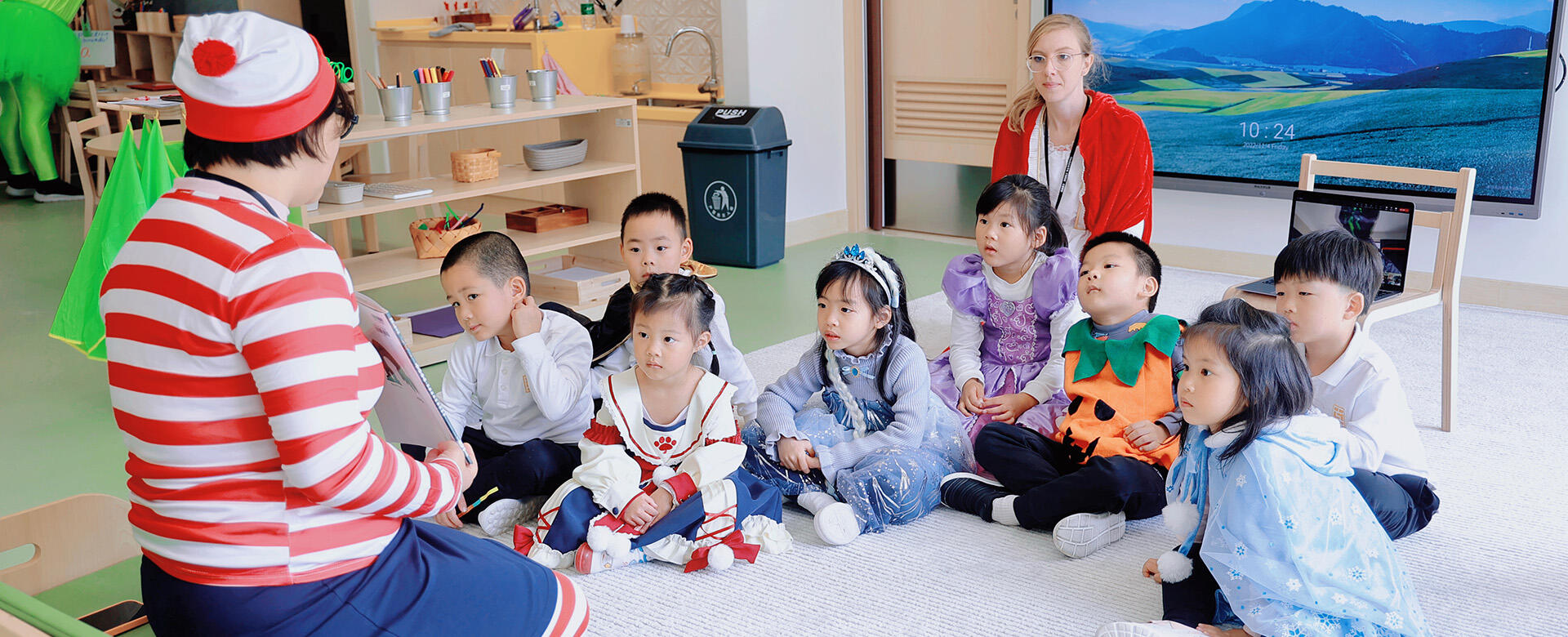

Learning to read is like being given the keys to a magic kingdom. When you read you can travel, you can learn, you can imagine, and you can make new friends. The reading journey starts before a child joins school, usually with bedtime stories shared with loved ones. Once a child starts in Nursery, we provide the foundations for reading which will underpin a successful transition into Primary, and also facilitate lifelong learning.
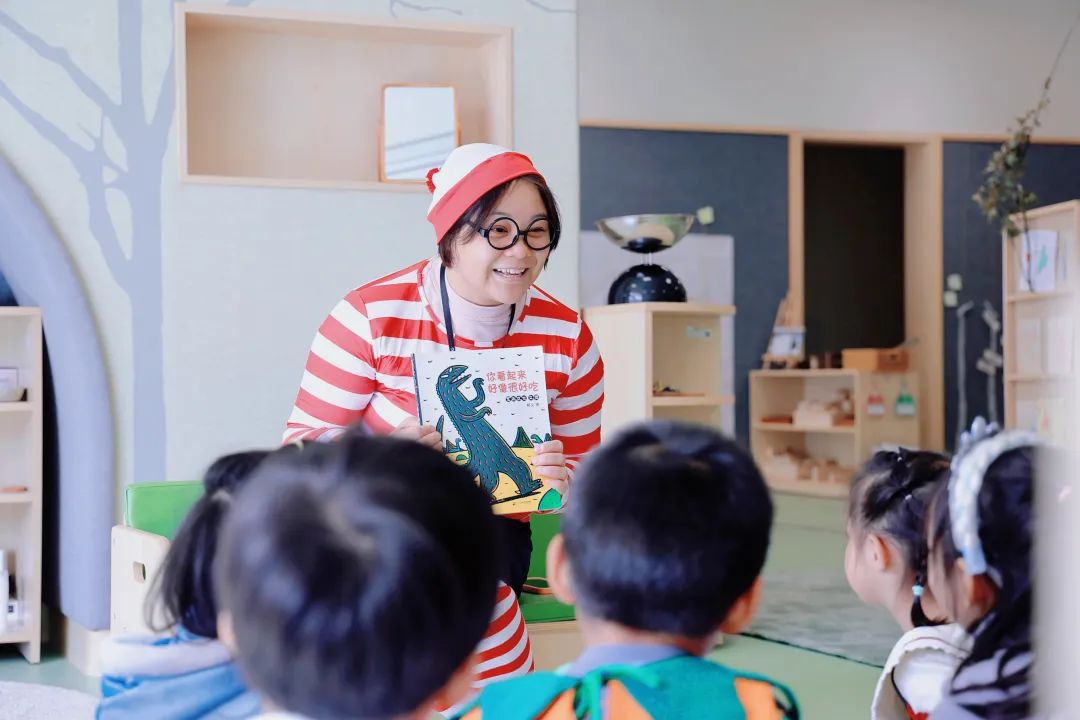
At Hiba Nantong, the reading journey starts in EY1 with teachers and families fostering a love of storytelling and sharing books together. Rich opportunities are provided in our Library, the classroom, before Body Rest and as part of our Project Based learning approach. Children are exposed to a wide range of books and literary materials, from wordless stories to poems, traditional tales to original stories.

A good book, a lifelong companion.
—— Dan Yu
In EY2 our Phonics programme focuses on oral and aural skills to strengthen speaking and listening. It is widely accepted that if you can’t say it, you can’t write it. Children are exposed to many opportunities to develop their linguistic skills, sharing verbally with exciting vocabulary and longer sentences. Listening games and activities provide the basis for identifying sounds in the environment and in words which is an important skill to master before moving onto the next stage.

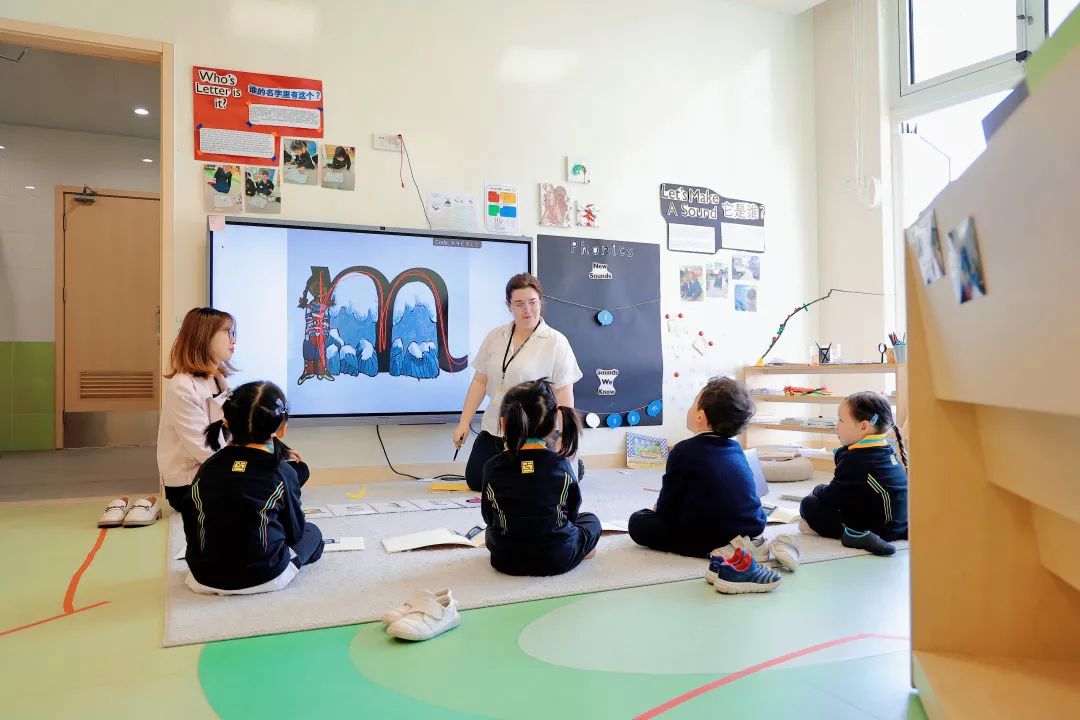

Reading can take you places you have never been before.
—— Dr Seuss
In EY3 our synthetic approach to Phonics begins more formally as children build upon their early Phonics skills and are taught both the sounds (phonemes) and letters (grapheme) for over 40 different units of sound. These start as single sounds, e.g. /m/ like mum, and /a/ like ant. They also include two letter which represent one sound (digraphs), e.g. /ch/ like chicken, and /sh/ like sheep. Trigraphs are units of sound that are three letters to represent one sound like /igh/ as in high.

The sounds are taught sequentially to provide building blocks for reading simple words. Within several weeks children have the keys to read (decode) Consonant Vowel Consonant (CVC) words such as a-n-d and, s-i-t sit, p-o-p pop and many more. Opportunities to use their new Phonics understanding surrounds the children in the classroom environment and across the areas of learning.
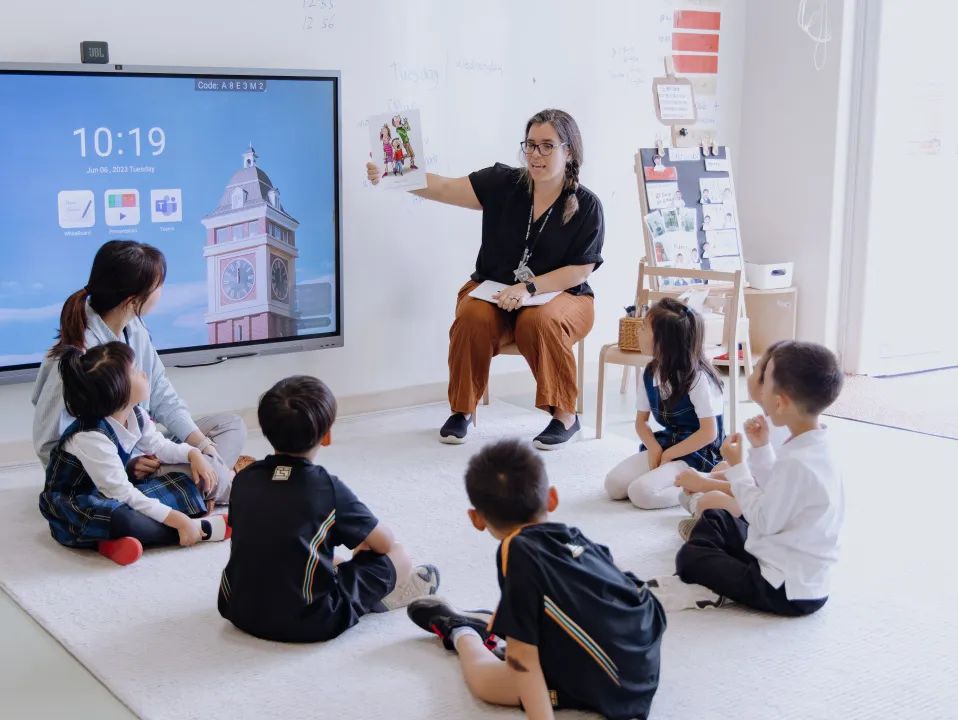

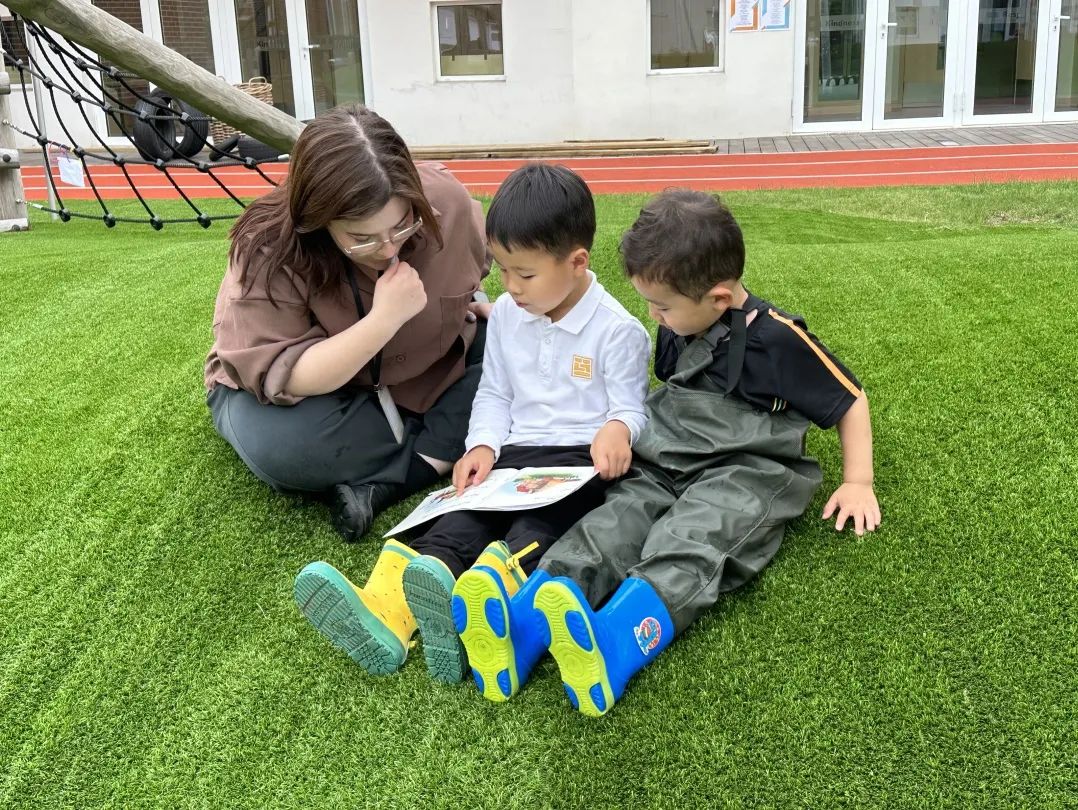
As the children learn more sounds we introduce the Reading Scheme to our families. Children take home levelled reading books which work to strengthen reading skills with fun and exciting stories. In addition to reading at home, students read their individual reading books with a school adult every day, focusing on decoding the words and blending the sounds to read with increasing fluency. Support is always on hand for families who are also new to Phonics to best support their children.
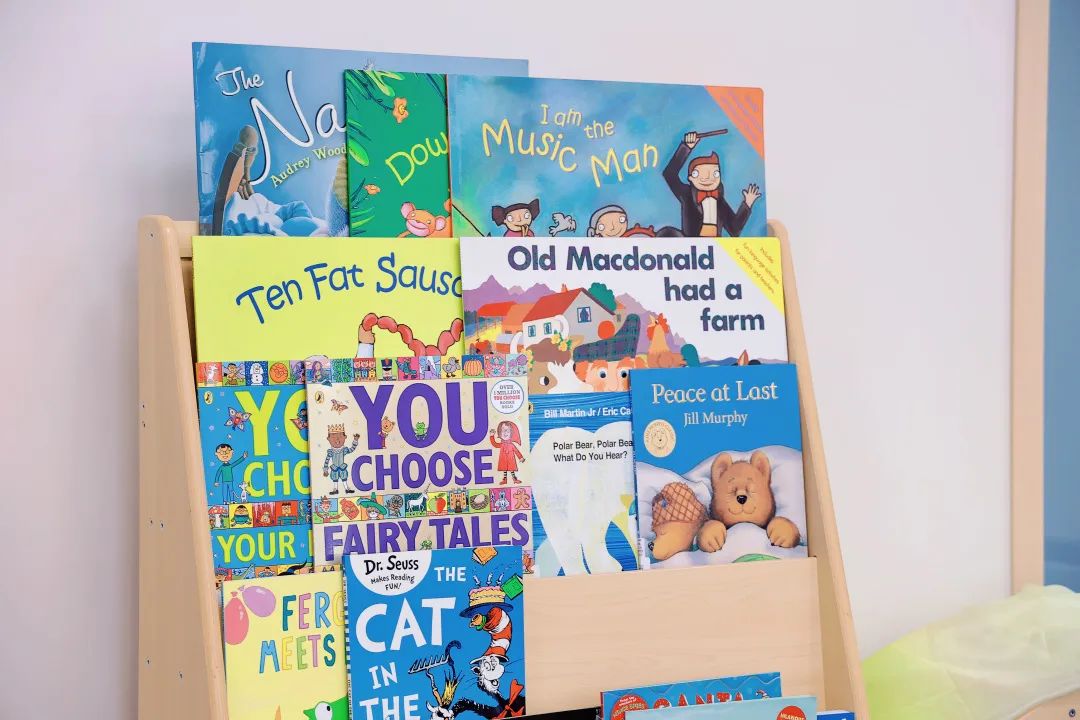
We can understand the complexity of the world with more tolerance if we read books.
—— Wendao Liang, 《Reading》
In EY4 the children are introduced to more complex sounds, alternate spellings, and an even wider range of reading materials. Reading is fully embedded in areas of learning so that reading fluency is developed in a broad range of contexts. Reading books continue to be shared between home and school and focus on stamina for reading longer sentences alongside reading non-fiction texts for information.
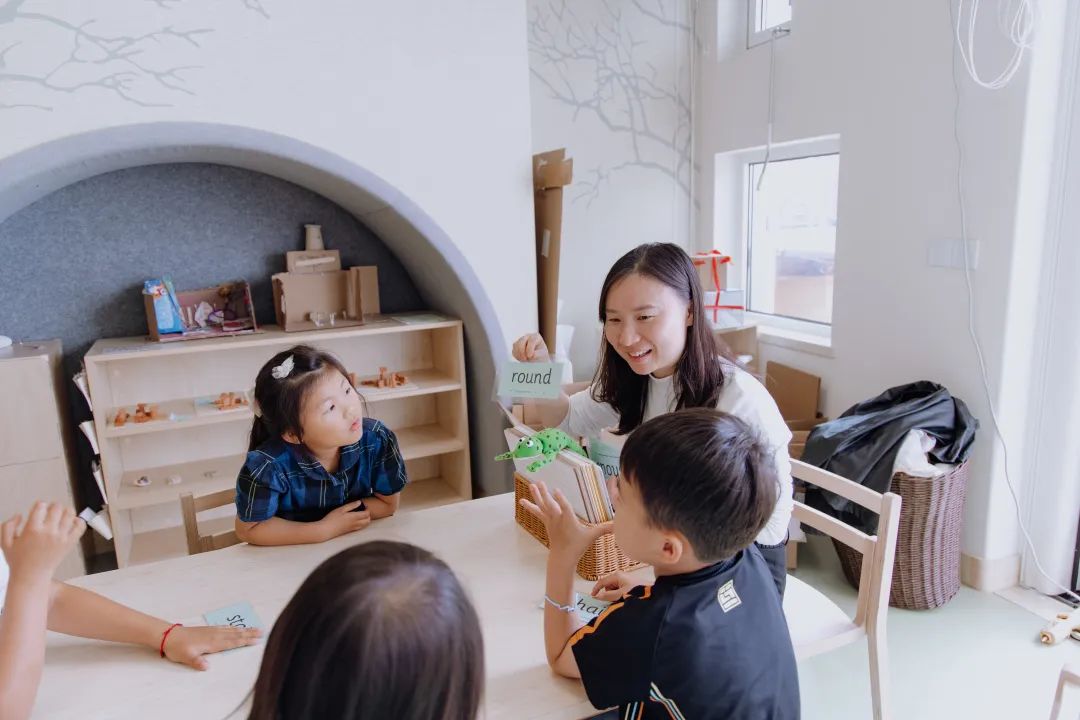
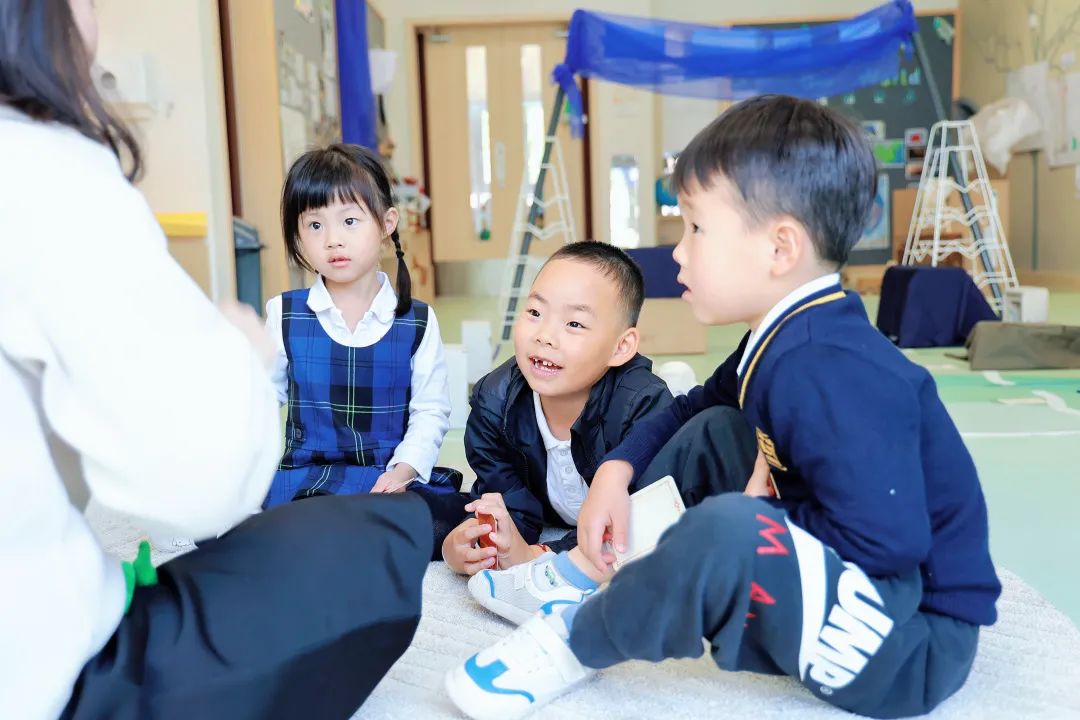

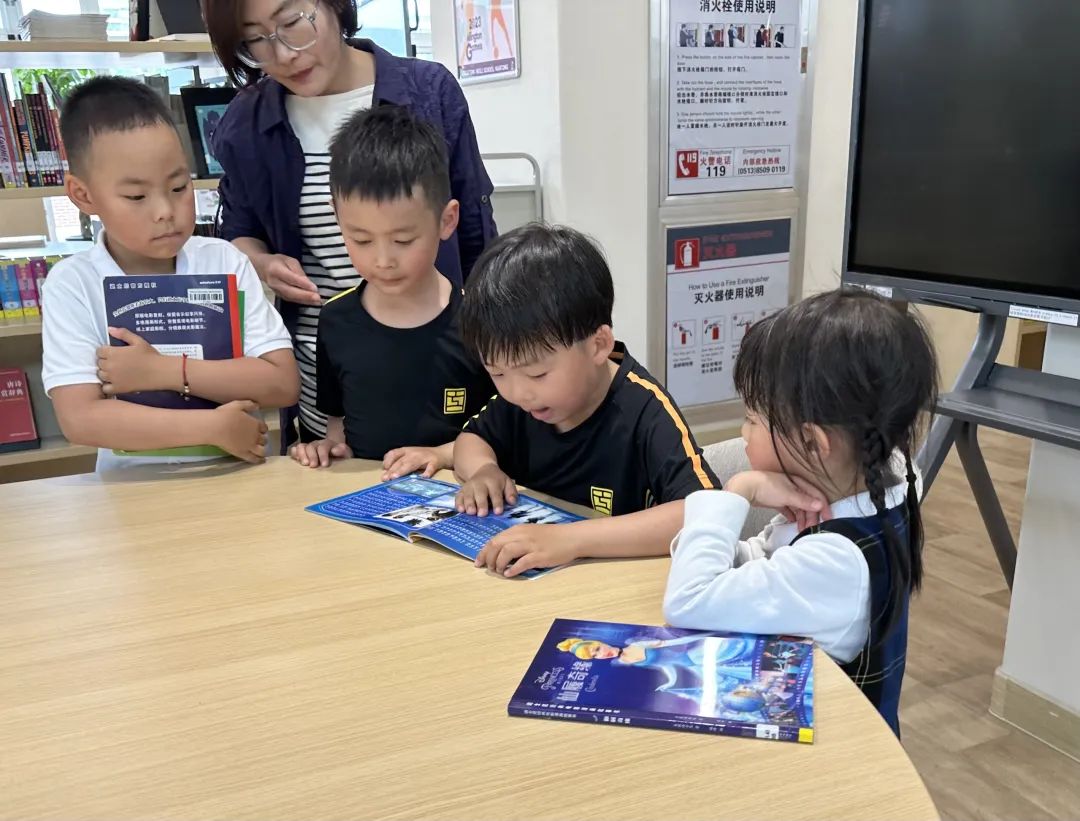

Books are uniquely portable magic.
—— Stephen King
Having a strong foundation in Phonics from Nursery will support a seamless transition into the Primary School. Nursery students are fully prepared for Grade 1 as they have developed the literacy skills and learning behaviours to step effortlessly into the next phase of their academic career.
The more that you read, the more things you will know. The more that you learn, the more places you will go.
—— Dr Seuss
